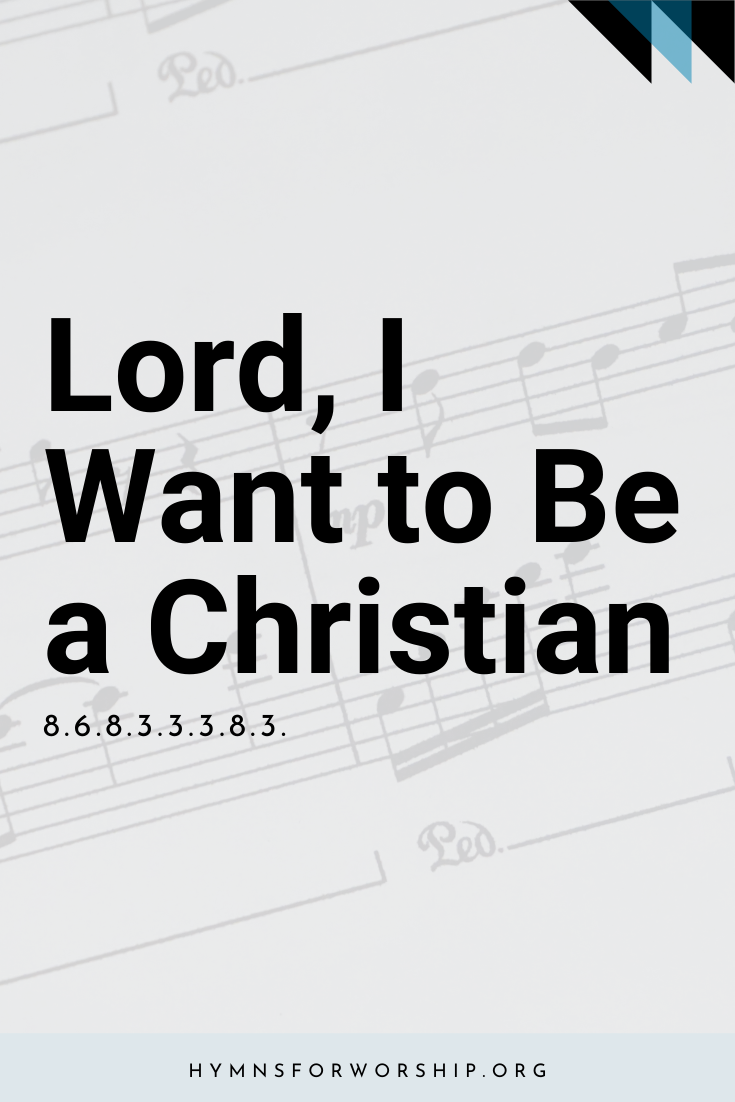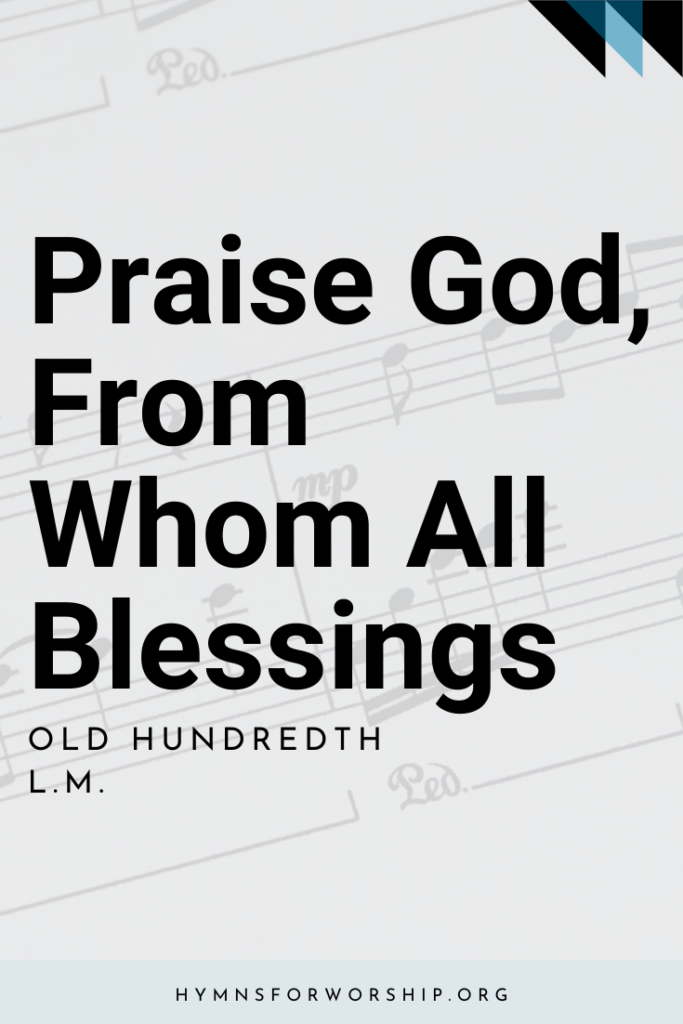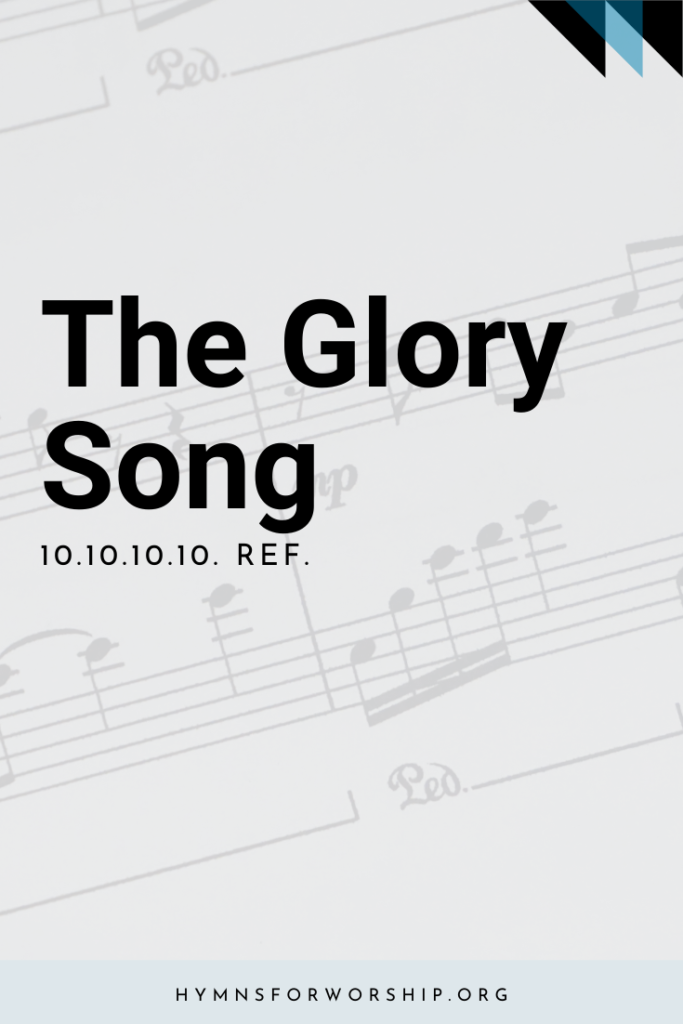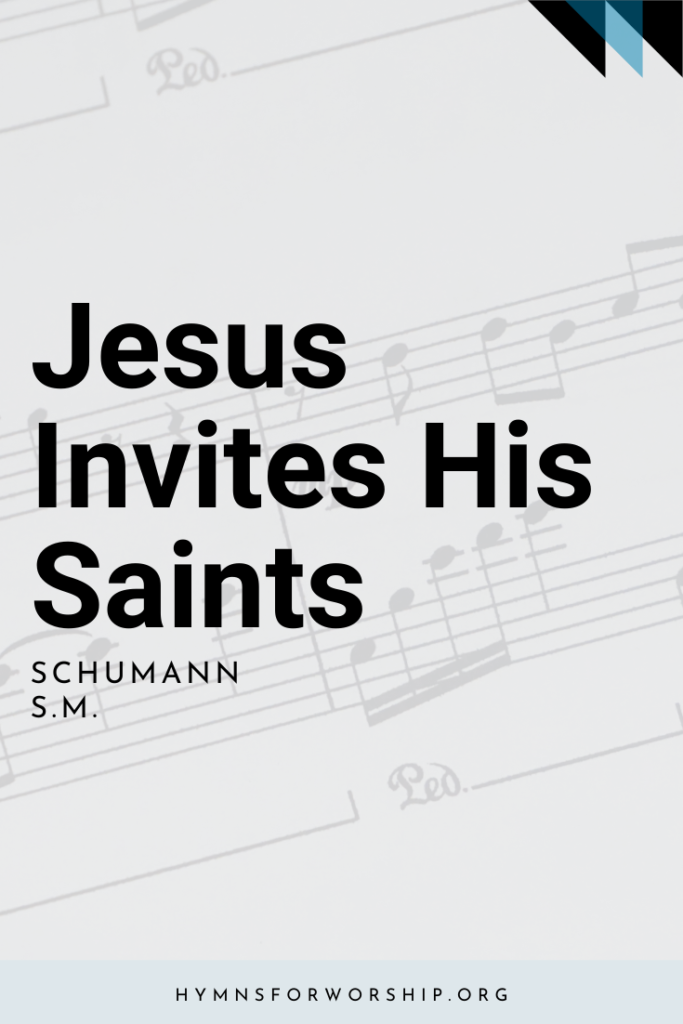GOSPEL >> Consecration
SDAH 319
Lord, I want to be a Christian in my heart, in my heart,
Lord, I want to be a Christian in my heart, in my heart.
In my heart, in my heart,
Lord, I want to be a Christian in my heart, in my heart.
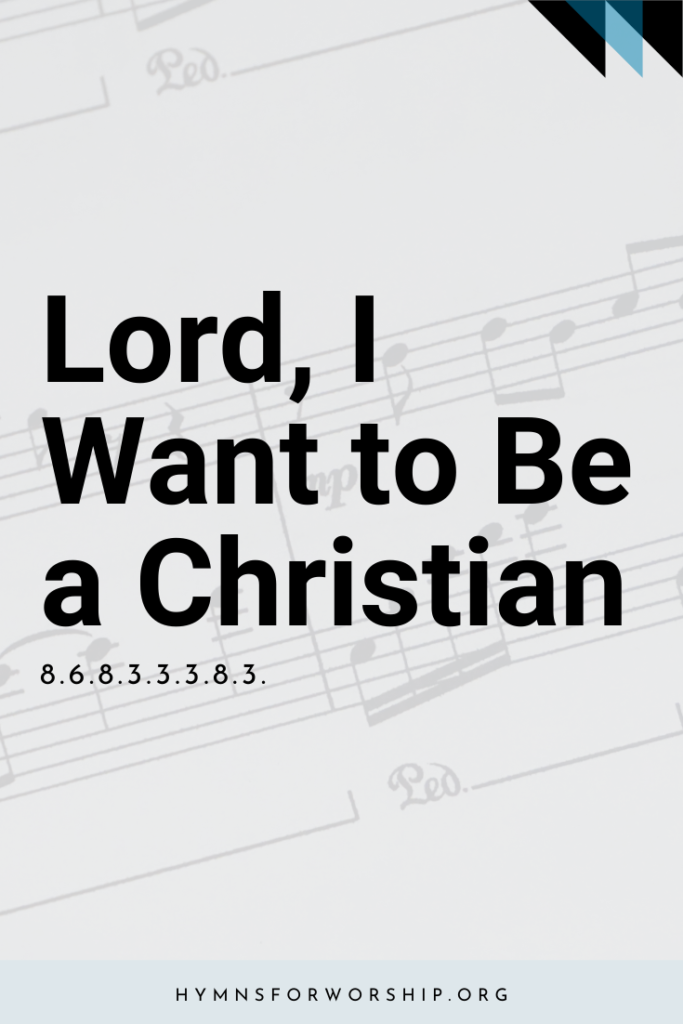

Text
1
Lord, I want to be a Christian in my heart, in my heart,
Lord, I want to be a Christian in my heart, in my heart.
In my heart, in my heart,
Lord, I want to be a Christian in my heart, in my heart.
2
Lord, I want to be more loving in my heart, in my heart,
Lord, I want to be more loving in my heart, in my heart.
In my heart, in my heart,
Lord, I want to be more loving in my heart, in my heart.
3
Lord, I want to be more holy in my heart, in my heart,
Lord, I want to be more holy in my heart, in my heart.
In my heart, in my heart,
Lord, I want to be more holy in my heart, in my heart.
4
Lord, I want to be more like Jesus in my heart, in my heart,
Lord, I want to be more like Jesus in my heart, in my heart.
In my heart, in my heart,
Lord, I want to be more like Jesus in my heart, in my heart.

Hymn Info
Biblical Information
(a) Ps 84:2
Text Source
American Negro Spiritual
Metrical Number
8.6.8.3.3.3.8.3.
Hymn Score
Piano Accompaniment
Notes
Get to know the hymns a little deeper with the SDA Hymnal Companion. Use our song leader’s notes to engage your congregation in singing with understanding. Even better, involve kids in learning this hymn with our homeschooling materials.
It is impossible to tell when or how most of the spirituals came into existence. But Miles Mark Fisher, in his Negro Slave Songs in the United States, 1953, tells how this song was born. In 1756, a slave of Hanover, Virginia, went up to William Davies, a Presbyterian minister, with this request: “I come to you, sir, that you may tell me some good things concerning Jesus Christ and my duty to God, for I am resolved not to live anymore as I have done.” He was saying, in other words, “Lord I want to a Christian in my heart.” Fisher goes on to say, “The quiet dignity on the of this song, devoid of the wild abandon of some of the other Negro songs, and the fact that a person had to seek membership in the Christian community, commend this song as a spiritual from a Presbyterian environment. It fits the Virginia ministry if Davies between 1748 and 1759, and is specifically in accord with the slave’s request at Hanover in 1756, the probable place and date of origin.” (There is traditional stanza, which furnishes a stark contrast: “I don’t want to be like Judas!”) This spiritual was first published in Fredrick J. Work’s Folk Songs of the American Negro, Nashville, 1907. One of the first uses in a major denominational hymnal was in Methodist Hymnal, 1964.
The words echo David’s prayer in Psalm 84:2, “My heart and my flesh in The Story of the Jubilee Singers, 1880, says: “It in a coincidence worthy of tones omitted. The fact that the music of the ancient Greeks is also said to have been written in this scale suggests an interesting inquiry as to whether it may not be a particular language of nature, or a simpler alphabet than the ordinary diatonic scale, in which the uncultivated mind finds its easiest expression.” Notice that the melody of this spiritual is in this mode. The black notes of the piano, starting with G-flat as the tonic, or Do, form this so-called pentatonic scale.

